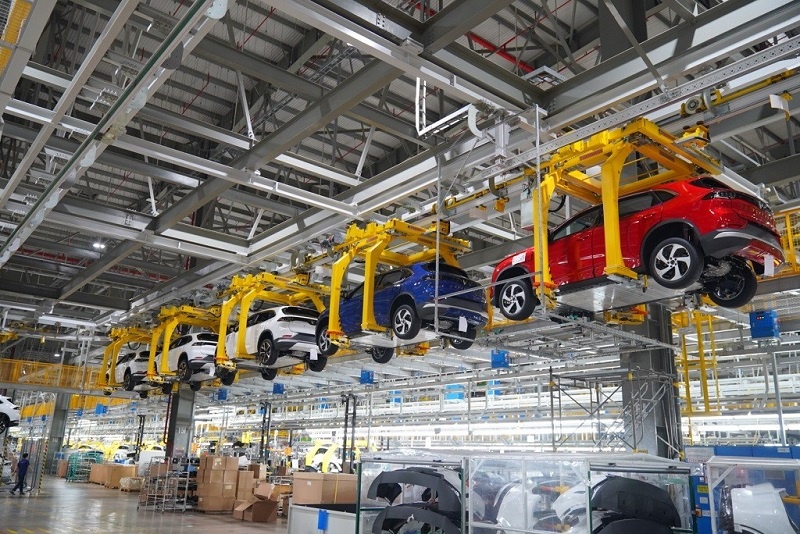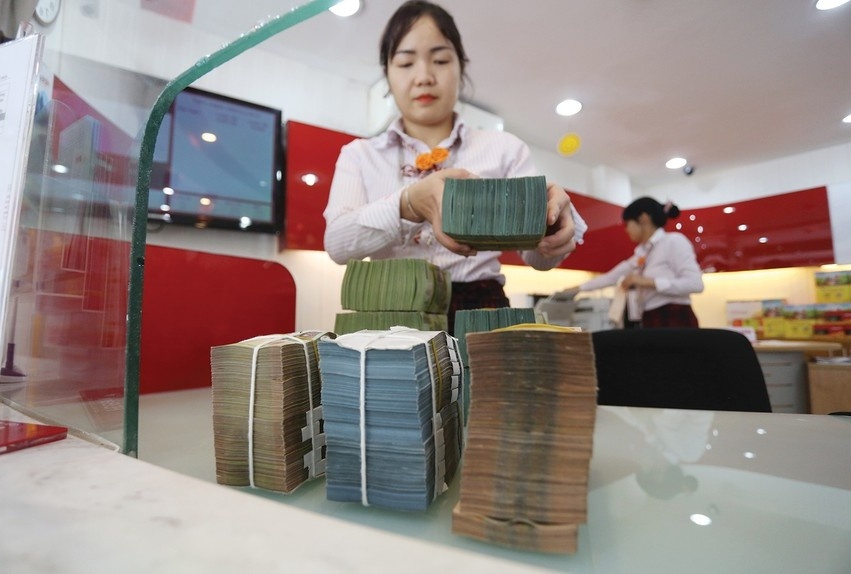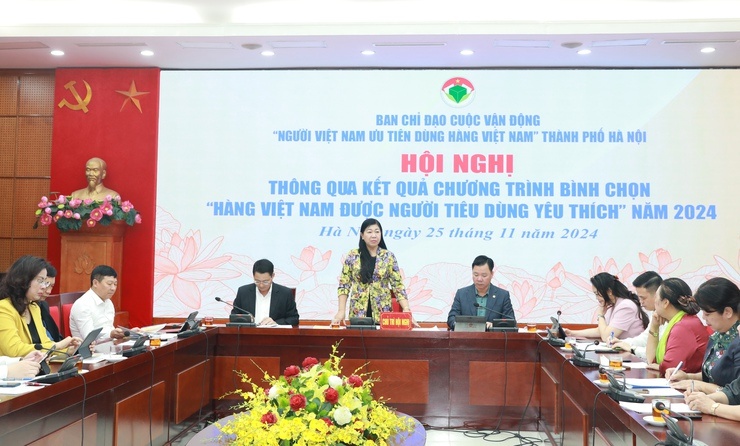Hot words chew over economy

The economy needs extra stimulus to get back on its feet Photo: Le Toan
Many delegates asked the Vietnamese government to take stronger action lifting the economy out of a slump expected to continue until 2015.
Delegate Tran Du Lich, representing Ho Chi Minh City, called for an economic recovery programme, including an inflation target of 6.5-7 per cent for 2013, 2014 and 2015 to be set. This rate would be reduced to below 5 per cent in the following years.
“This programme will enable the government to harmoniously combine monetary, public spending and fiscal policies to prevent high inflation and boost the economy’s demand,” Lich said.
Besides urging the government to soon give tax incentives to enterprises, he also proposed the National Assembly revise up the state budget overspending from the current rate of 4.8 per cent of gross domestic product.
“We know it will be difficult for the National Assembly to do that, but the revision-up will spur the economy’s demand and help important half-done projects receive enough capital,” Lich said, adding that the government should check and revoke all capital ineffectively held by all state-owned enterprises.
Echoing Lich’s view, delegate Nguyen Cao Son, representing northern Hoa Binh province, said such policies were needed: “There have been great inventories and the number of enterprises with suspended operations or bankruptcy has come to a red alert.”
Since early 2010, the number of enterprises halting operations or going bankrupt has been nearly 120,000, according to the Ministry of Planning and Investment.
“To save enterprises, banks’ lending rates must be further decreased to 8 per cent for new loans, and to below 10 per cent for old loans. Many enterprises currently have to pay an annual lending rate of 16 per cent for their overdue loans,” Son said.
At present, many banks like Techcombank, Southern Asia Bank, PG Bank, Dai A Bank, Tienphong Bank and Eximbank have reduced annual lending rates to 8.25, 9.43, 10, 10, 9.7 and 9.2 per cent, respectively.
The government reported that up to May 22, 2013, Vietnam’s credit growth increased 2.29 per cent against December 2012. This means each of the remaining seven months of the year must see an average credit growth rate of 1.38 per cent in order to meet the government’s target of 12 per cent this year.
But, Lich said this target was hard to touch. “It can be achievable if banks loosen the existing loaning procedures.”
However, delegate Nguyen Van Hien, representing southern Ba Ria-Vung Tau province, said the economic decline would be curbed without transparency of data, which “has made it difficult for good policies to be invented.”
For example, regarding non-performing loans (NPLs), the State Bank governor announced that the NPL rate was about 10 per cent by late 2012, while a rate of 8.6 per cent was reported by the bank’s inspectors. Meanwhile, the rate of 7.8 per cent was reported by the government at this session, while the National Financial Supervisory Commission said the actual NPL rate was 11.8 per cent.
What the stars mean:
★ Poor ★ ★ Promising ★★★ Good ★★★★ Very good ★★★★★ Exceptional
Latest News
More News
- Green-digital transition must start with proper mindset (November 13, 2024 | 16:49)
- New Zealand shares sustainable development experience with Vietnam (November 13, 2024 | 15:55)
- Vietnam on the verge of green industrial revolution (November 12, 2024 | 15:57)
- VIR sustainable development conference opens in Hanoi (November 12, 2024 | 09:42)
- Taking the lead in dual transition for a greener Vietnam (November 11, 2024 | 17:00)
- Vietnamese consumers careful amid economic volatility (November 11, 2024 | 13:55)
- Quality must come first in chip mission (November 11, 2024 | 10:33)
- Vietnam's digital economy estimated to reach $36 billion in 2024 (November 07, 2024 | 13:52)
- Authorities looks to tackle influx of cheap foreign goods (November 07, 2024 | 10:44)
- Trump claims 'magnificent' victory over Harris (November 06, 2024 | 16:55)



















 Mobile Version
Mobile Version